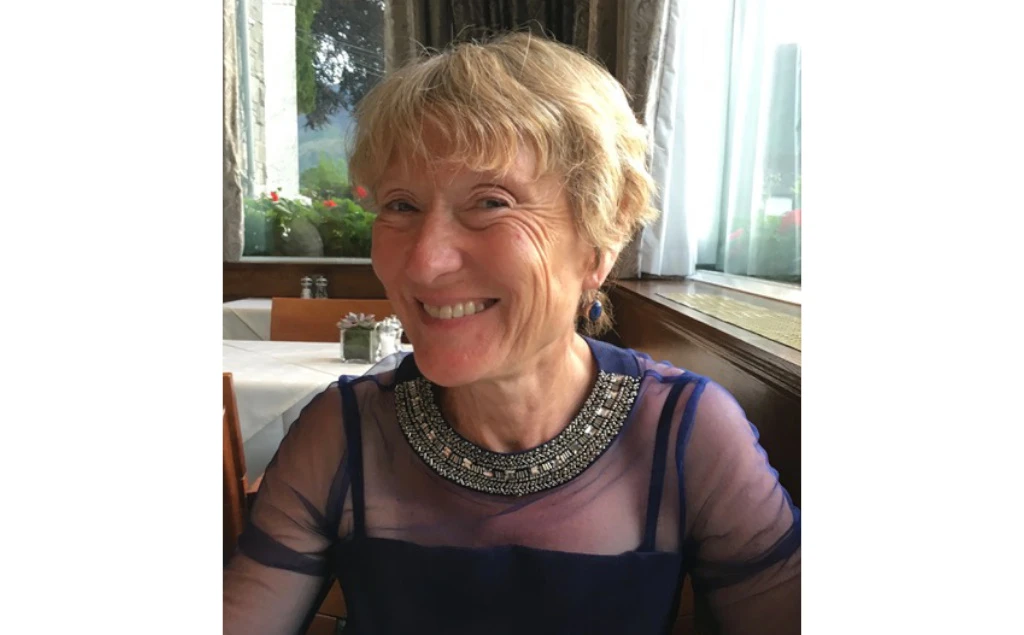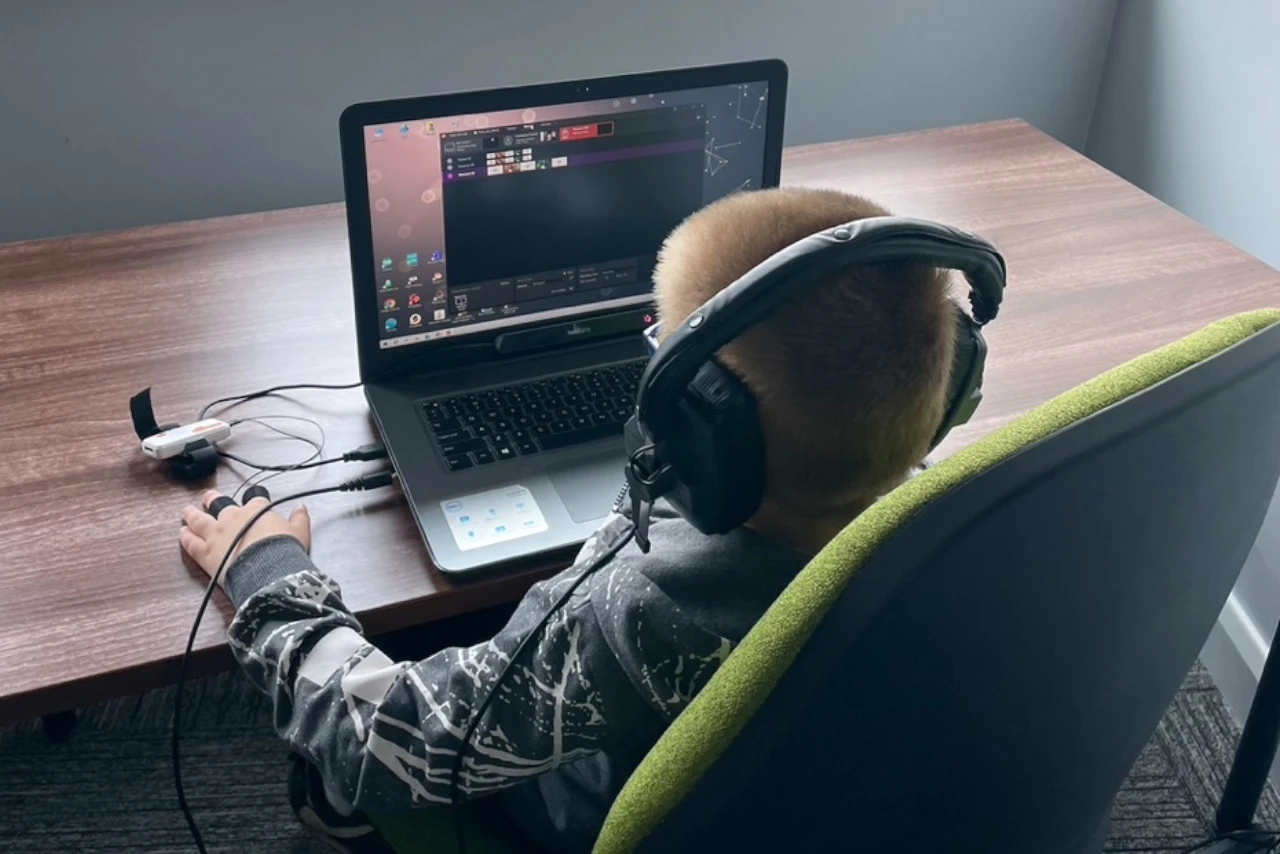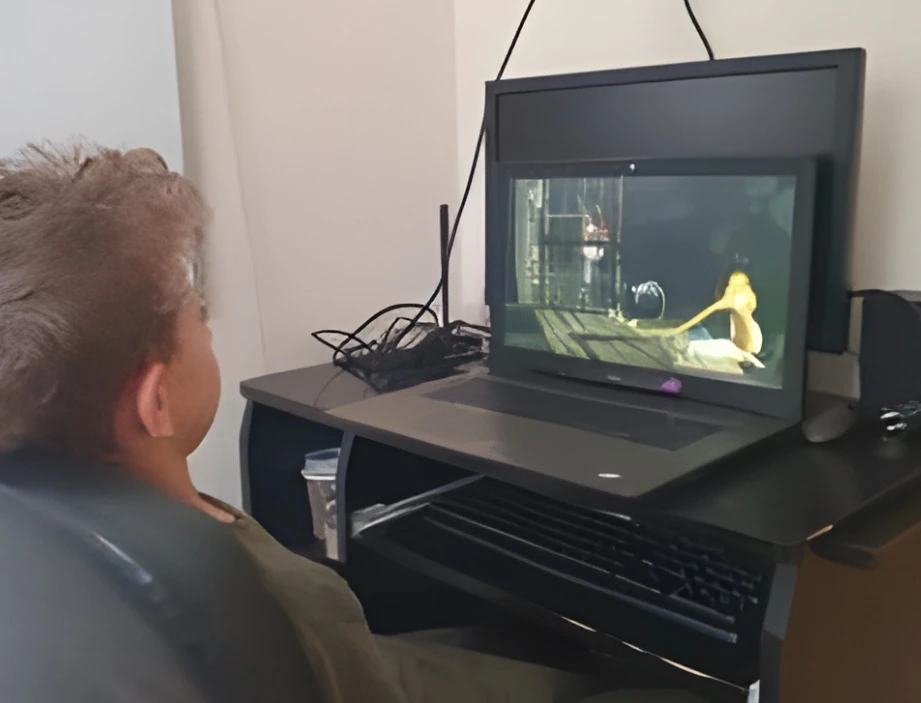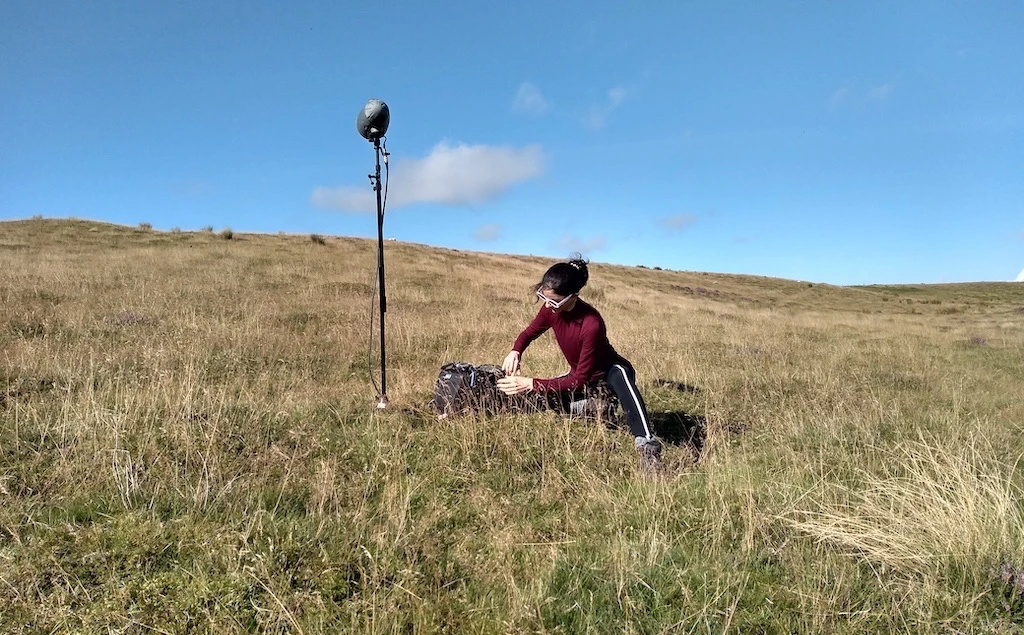How did you first become interested in accessibility?
I was working as Head of Marketing at the Octagon Theatre in the late 1980s. A blind customer introduced us to the concept of audio description and after experimenting with the technical systems available, we launched the second Audio Description service in the country. I have been audio describing for theatre, visual arts, and film ever since and launched Mind’s Eye Description Service in 1992.
What surprised you most in your work practice?
What delights rather than surprises me, is the assistance we receive from the technical and stage management theatre teams, and the interest often shown by performers in our work. Perhaps what has surprised me is the appreciation expressed by sighted companions at museums and galleries, where the audio description has made them look rather than just see.
Are there any restrictions or boundaries you (have to) abide by?
Limitations are imposed by inadequate audio systems leading to poor signals and also uncomfortable headphones.
What do you hope to achieve through your work?
An enhanced experience for the blind or partially sighted arts attender. A sense of involvement, inclusion, engagement and ownership for the listener/participant. Equality of access.
Can you tell us a little about you forthcoming projects (related to accessibility)?
An ongoing programme of audio description for theatre shows, including touring productions of BEAUTIFUL, SHREK, FLASHDANCE, LEGALLY BLONDE; regional productions at amongst others: The Royal Exchange, and Liverpool Everyman Theatres, and regular visits to galleries and museums across the North West, including Tate Liverpool and The Lowry. New projects come in all the time, so my job is always exciting!
Anne also took part in our conference in 2017.




